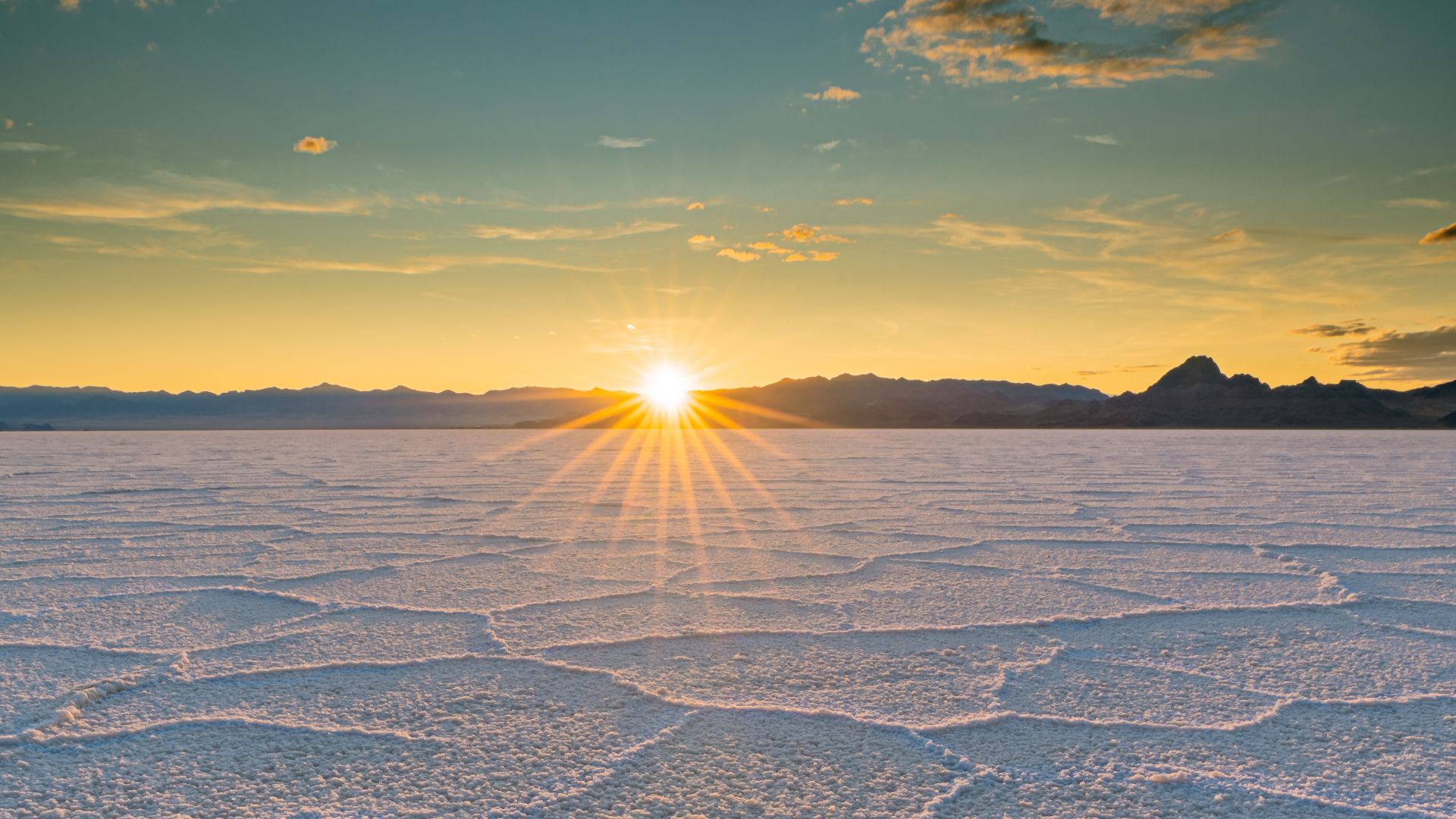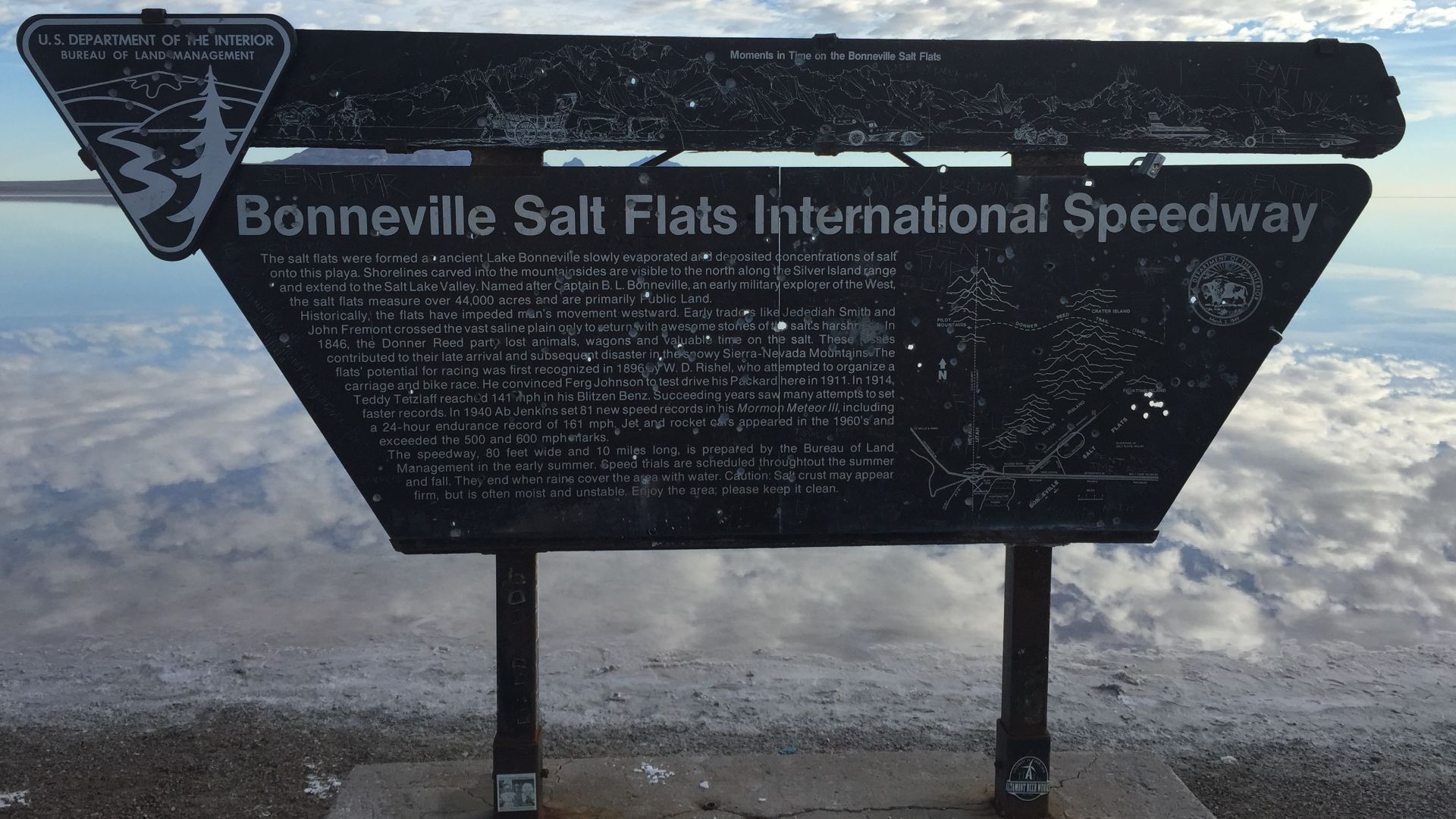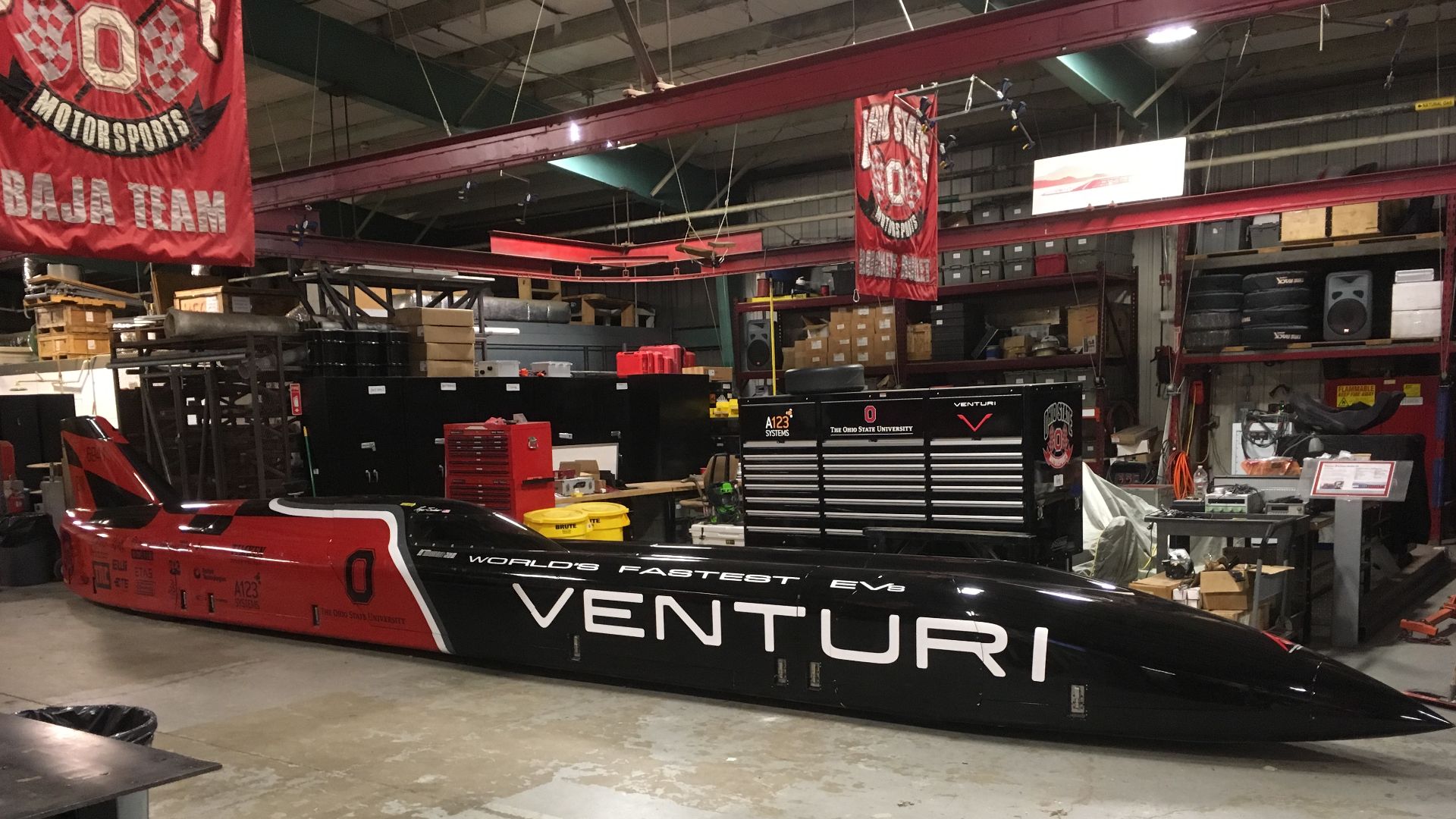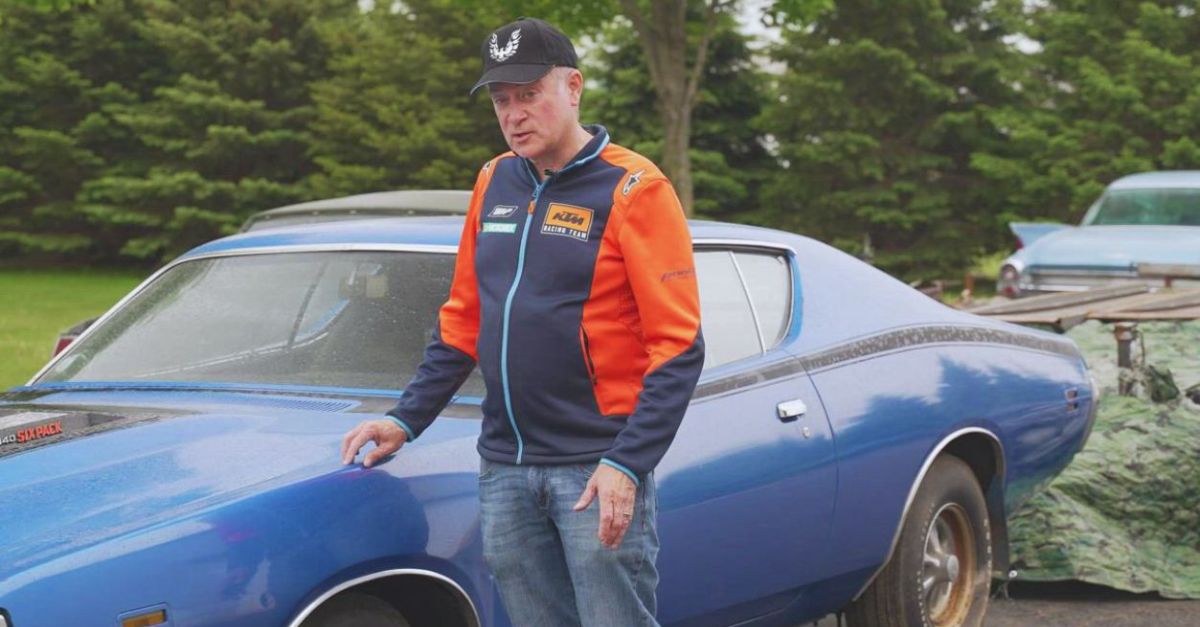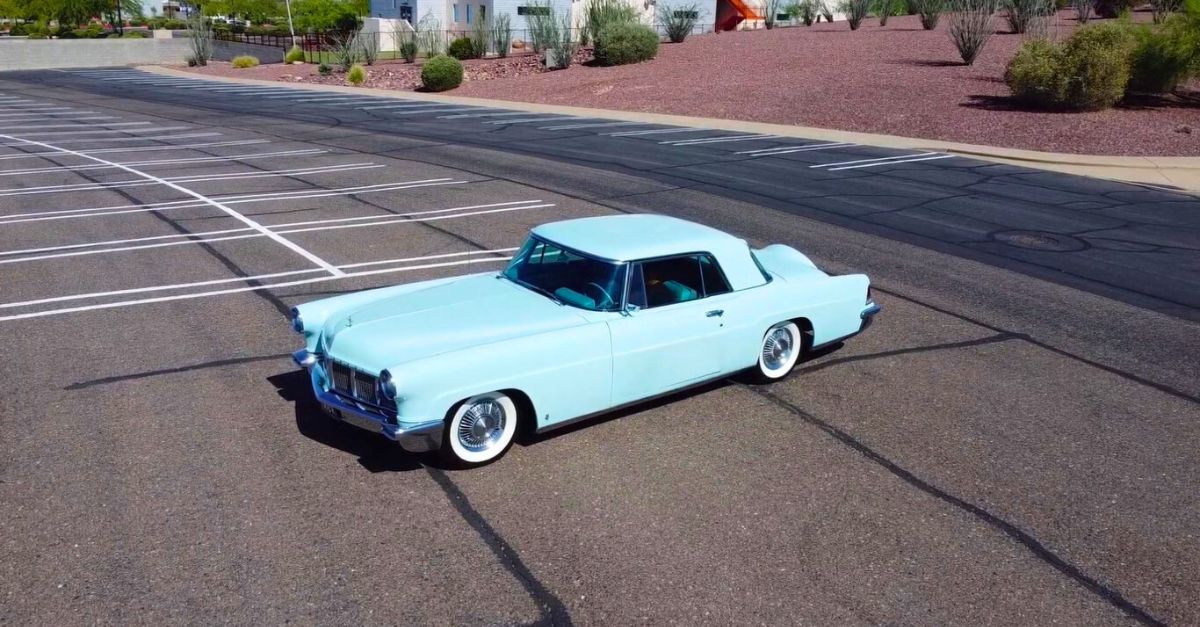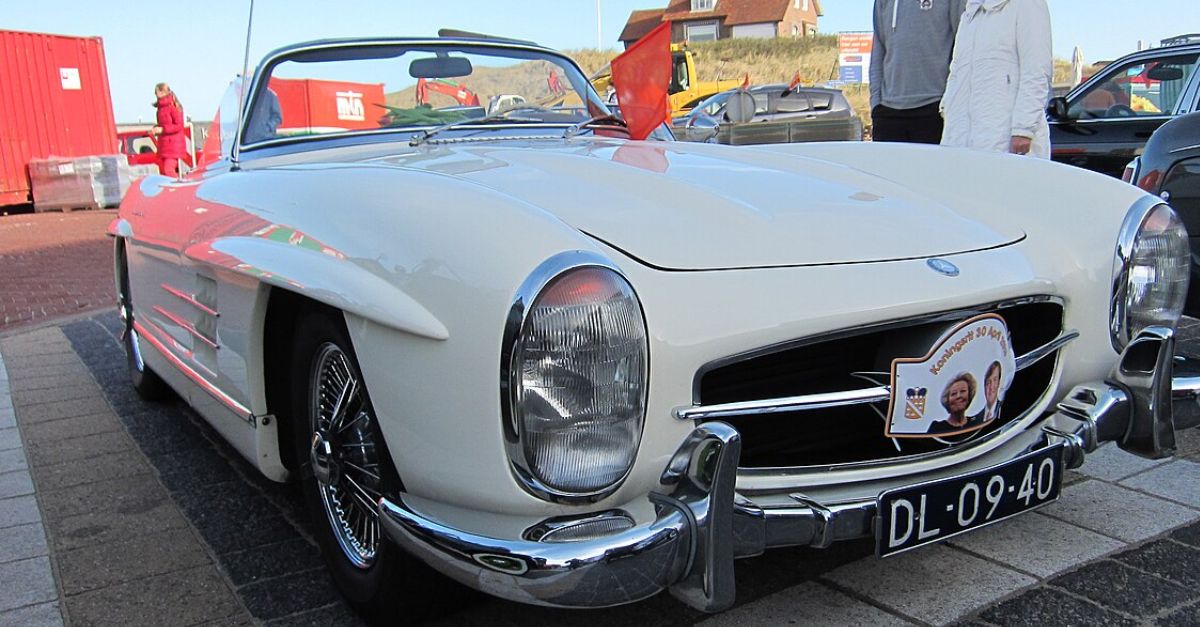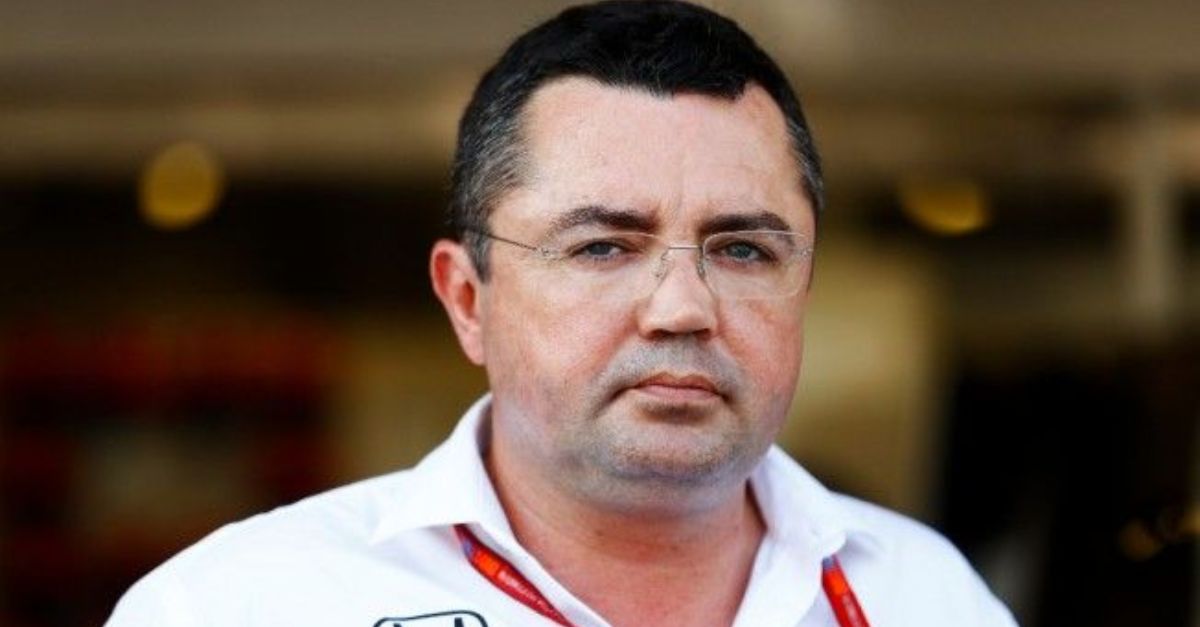A Landscape Built For Speed
The Bonneville Salt Flats stretch across northwestern Utah, formed from the remnants of ancient Lake Bonneville. The hardened crust and natural flatness make the flats perfect for high‑speed driving. Over time explorers, racers, and extreme engineers have turned this forbidding white desert into a world-famous testing ground for the fastest vehicles ever built.
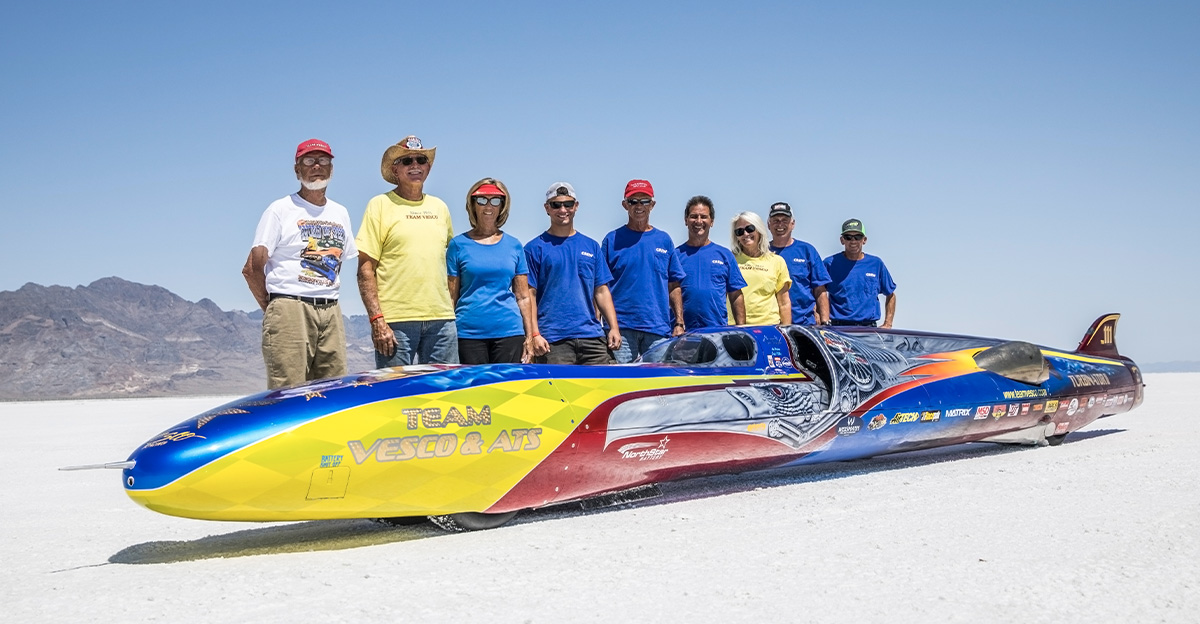
Geology Makes Speed Possible
Bonneville’s salt crust can get up to several feet thick, providing exceptional traction for high‑speed runs. The flats span about twelve miles by five miles, making an enormous natural runway. The smooth, low‑friction surface gives racers a rare environment where they can steadily build up to incredible speeds over long distances.
Birth Of Bonneville Speedway
Early automotive pioneers already recognized the Flats’ potential, and it wasn’t long before informal racing gave way to organized events. Bonneville Speedway emerged in the early twentieth century as a unique venue with courses stretching for miles. The wide‑open terrain and lack of obstacles make it the world’s premier location for straight‑line land‑speed attempts.
Early Automotive Pioneers Arrive On The Scene
Records began being kept early in the twentieth century, with Teddy Tetzlaff achieving the remarkable speed of 142.8 mph (miles per hour) in 1914 at the wheel of a Blitzen Benz. The car proved that the salt surface could handle high‑powered engines. This breakthrough established Bonneville as a go-to destination for starry-eyed visionaries longing to redefine automotive performance.
 Triple-green, Wikimedia Commons
Triple-green, Wikimedia Commons
Breaking The 300‑MPH Barrier
On September 3, 1935, Sir Malcolm Campbell piloted his Bluebird to over 301 mph, becoming the first person to break the 300‑mph mark at Bonneville. This amazing achievement gripped worldwide attention and had people scratching their heads in disbelief. Nobody could quite believe it, but Sir Malcolm's exploits cemented the Flats’ status as the only natural location where such extreme speeds could be reliably attempted, much less achieved.
 Thomas's Pics, Wikimedia Commons
Thomas's Pics, Wikimedia Commons
The Jet Age Takes Over
The 1960s brought another technological revolution as jet‑powered and rocket‑propelled vehicles roared onto the Flats. Craig Breedlove’s Spirit of America runs dramatically pushed the envelope of land‑speed racing. Bonneville evolved from a hot‑rod proving ground into a battleground for space-age engineering and high‑velocity experimentation.
Streamliners Redefine Engineering
Streamliners were sleek, aerodynamic vehicles designed specifically for high‑speed travel and nothing else. To no one’s surprise, these babies became iconic at Bonneville. Engineers across generations perfected their body shapes, propulsion systems, and weight distribution. These machines influenced automotive design worldwide and further pushed the limits of what wheeled vehicle travel could achieve.
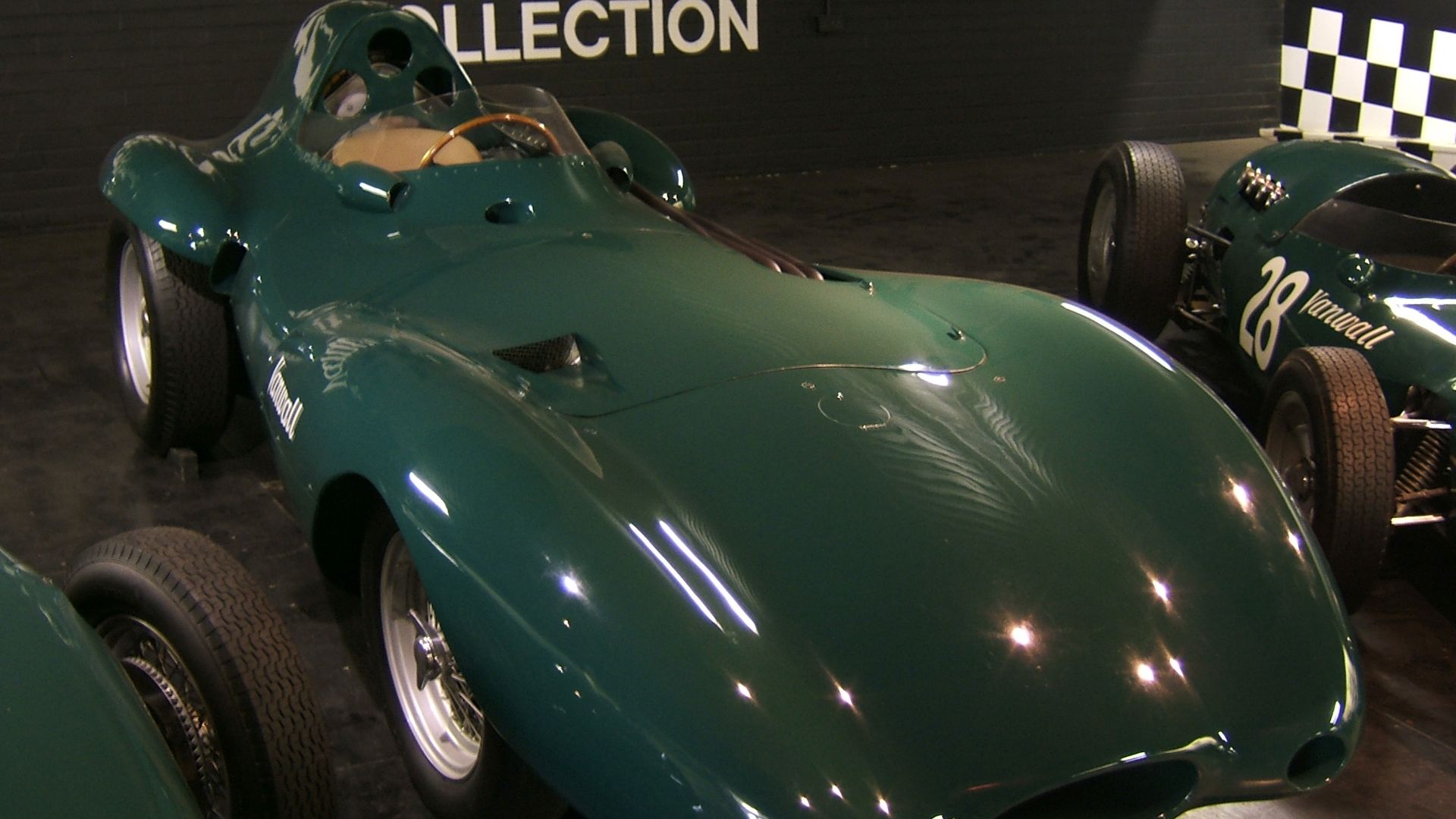 John Chapman (Pyrope), Wikimedia Commons
John Chapman (Pyrope), Wikimedia Commons
Motorcycles Join The Quest For Records
Bonneville has long been a comfortable abode for motorcycle land‑speed racing fanatics. From vintage models to cutting‑edge streamliners, riders flock from all corners of the globe to test their mettle and engineering on the salt. The Flats offer a rare opportunity for two‑wheeled machines to doggedly pursue records under breakneck‑speed conditions.
 Hermann Luyken, Wikimedia Commons
Hermann Luyken, Wikimedia Commons
Bonneville Speed Week Becomes Tradition
Speed Week, organized by the Southern California Timing Association, attracts hundreds of competitors and thousands of spectators. From grassroots hot‑rodders to well-financed professional racing teams, participants throng together at Bonneville each year to set new marks. The event is pivotal to the salt flats’ enduring motorsport identity.
 Tai Gray from Layton, USA, Wikimedia Commons
Tai Gray from Layton, USA, Wikimedia Commons
Weather, Salt, And Preservation Challenges
Bonneville’s unique environment also makes it vulnerable to the wiles of Mother Nature and the impact of human activities. Rainfall, flooding, and industrial activity can all thin the salt crust and threaten racing events. Preservation groups work hard to protect the surface so future generations can carry on the tradition of land‑speed racing in this historic natural arena.
 m01229 from USA, Wikimedia Commons
m01229 from USA, Wikimedia Commons
A Community Built Around Speed
Bonneville forms the bedrock of a passionate culture of racers, builders, and fans who keep coming back year after year. Whether they’re chasing after personal bests or world records, participants swap stories while sharing their knowledge. The thriving sense of community has become one of the defining aspects of the Bonneville racing experience.
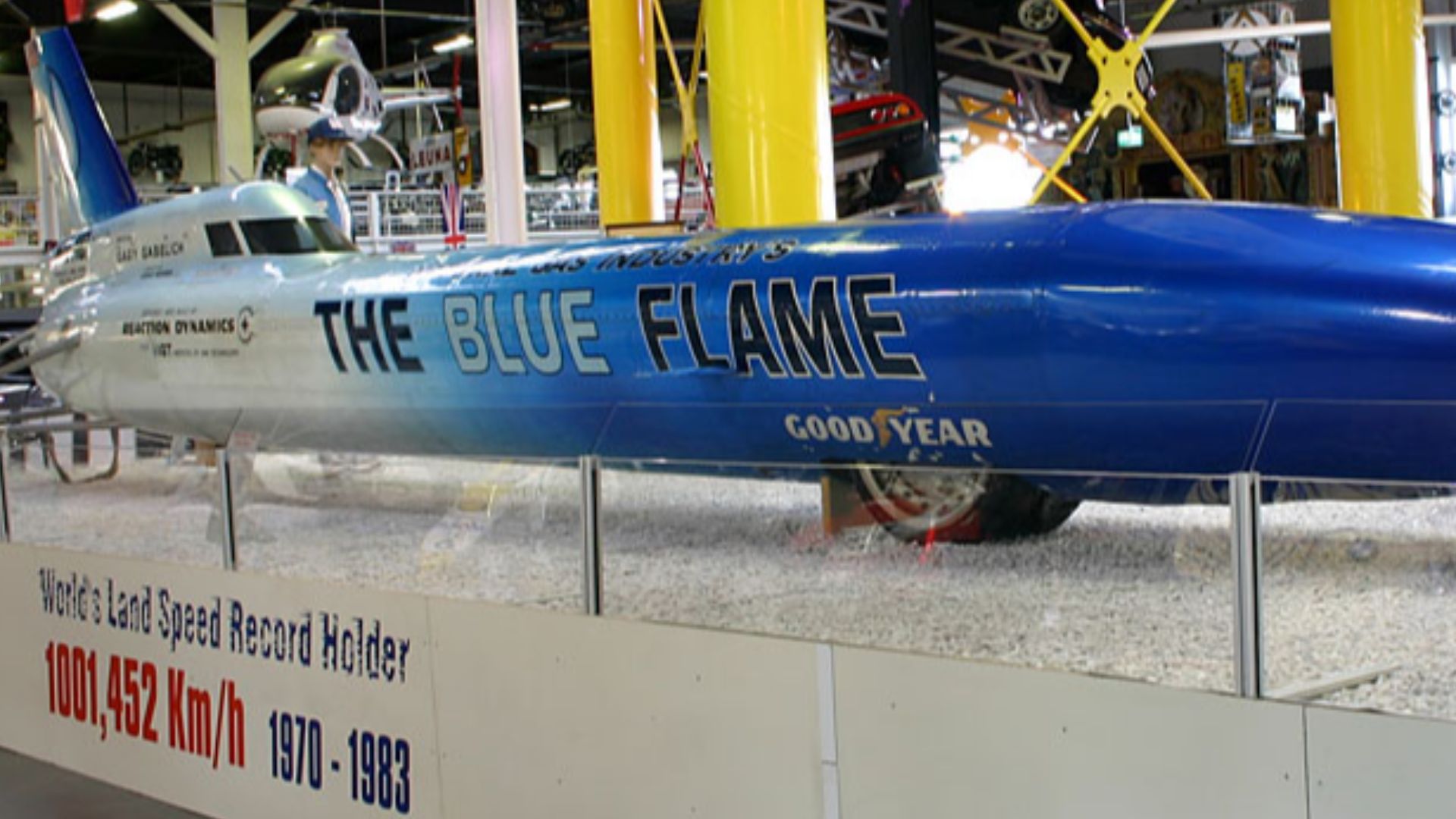 Softeis~commonswiki, Wikimedia Commons
Softeis~commonswiki, Wikimedia Commons
The Flats In Popular Culture
Bonneville’s stark beauty and amazing history have inspired films, photography, and international media. Its iconic images of streamliners stretching across endless white horizons are symbolic of unbridled human ambition and the furious pursuit of previously undreamt-of speeds. The Salt Flats are permeated with audacity and the desire to smash through unbreakable barriers.
The 500‑MPH Breakthrough Of 1965
On November 15, 1965, Craig Breedlove’s jet‑powered Spirit of America – Sonic 1 became the first vehicle to exceed 500 mph. With an official two‑way average of 555.485 mph, Breedlove’s run pushed land‑speed racing into a totally new dimension of possibilities and proved the Salt Flats could support unprecedented high‑velocity engineering.
 Unknown author, Wikimedia Commons
Unknown author, Wikimedia Commons
Mickey Thompson’s 1960 Challenger Blowout
In 1960, Mickey Thompson’s Challenger 1, powered by four Pontiac V8 engines, exceeded 400 mph during its run. But a catastrophic tire blowout during the return leg invalidated the attempt. The incident proved both Thompson’s daring and the extreme stresses that Bonneville places on high‑speed vehicles.
Don Vesco’s 1978 Motorcycle Triumph
In 1978, Don Vesco rode his Silver Bird motorcycle streamliner to an extraordinary 318 mph, securing a world record. Vesco, already a Bonneville legend, demonstrated the Flats’ unmatched capacity for two‑wheeled innovation. His run is forever etched across the racing firmament as a defining moment in motorcycle land‑speed history.
 Mat Guzzetta, Wikimedia Commons
Mat Guzzetta, Wikimedia Commons
Flooding Cancels Speed Week In 1985
In 1985, Bonneville Speed Week was canceled for the first time when torrential rain transformed the flats into a shallow and very salty lake. Water stretched as far as the eye could see, making the surface unusable. The rare cancellation underscored the delicate balance between weather patterns and racing capability on the salt.
 m01229 from USA, Wikimedia Commons
m01229 from USA, Wikimedia Commons
The 2006 Dieselmax Breakthrough
The JCB Dieselmax floored observers in 2006 when driver Andy Green pushed the diesel‑powered streamliner to an average speed of 350.092 mph. His run doubled previous diesel land‑speed records and proved that alternative propulsion could seriously compete with traditional gasoline power at Bonneville.
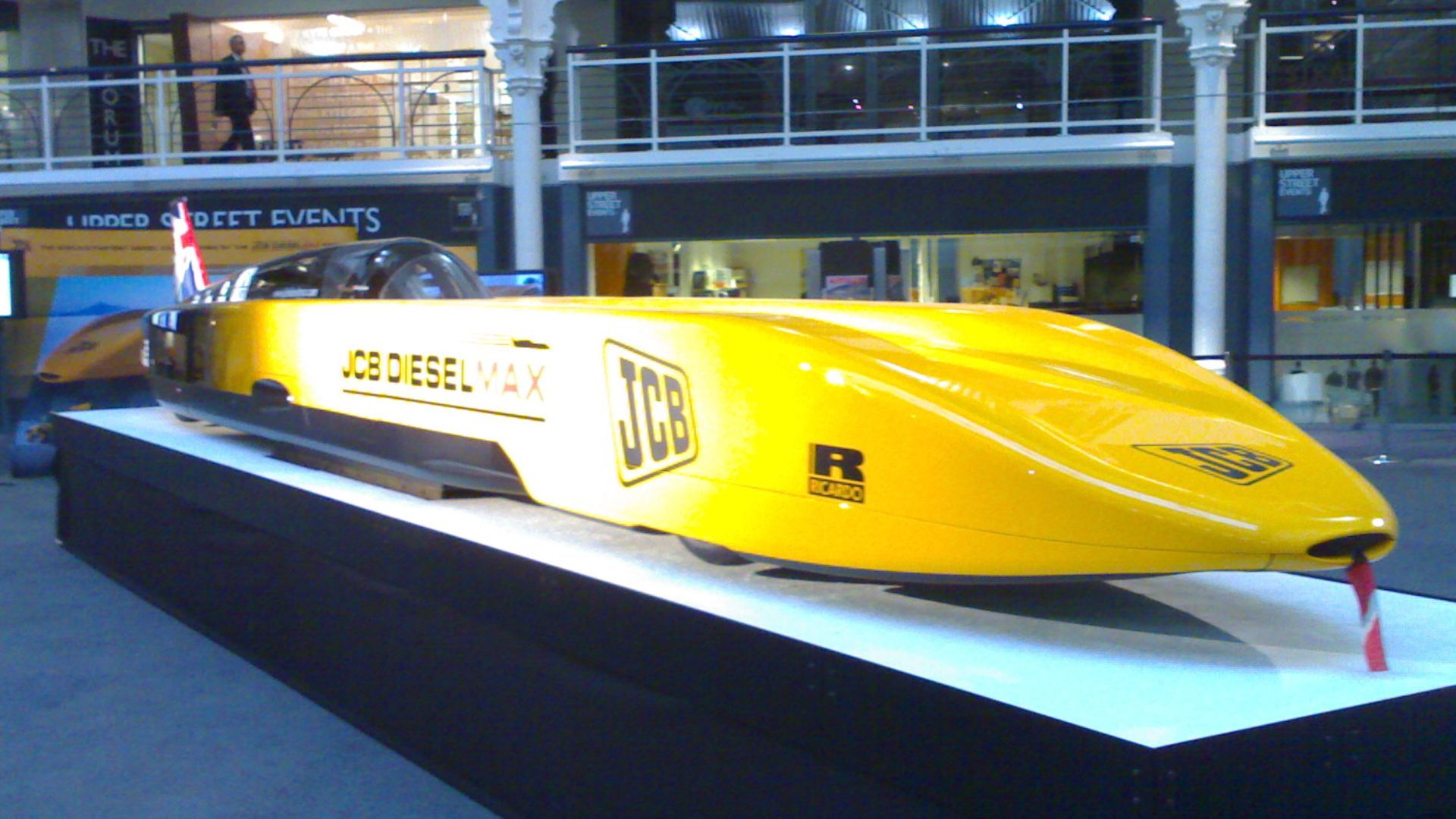 Mark Kobayashi-Hillary, Wikimedia Commons
Mark Kobayashi-Hillary, Wikimedia Commons
Turbinator II’s 2018 500‑MPH Achievement
In 2018, Team Vesco’s Turbinator II became the first wheel‑driven vehicle to surpass 500 mph, hitting an astonishing 503 mph! Although the car sustained damage during deceleration, the achievement marked a historic milestone in the quest for extreme mechanically-driven speed. It was one more feather in Team Vesco’s cap(s).
 Matt Guzzetta, Wikimedia Commons
Matt Guzzetta, Wikimedia Commons
Electric Speed With The VBB‑3 in 2021
The Venturi Buckeye Bullet 3 made headlines in 2021 by surpassing 341 mph during testing. Though weather delays denied their hopes at setting an official record, the VBB‑3 left no doubts about the enormous potential of electric propulsion at Bonneville. It signaled the start of a whole new era of alternative‑energy land‑speed competition.
The 2023 Fatal Motorcycle Crash
In 2023, veteran racer Ralph Hudson tragically lost his life after losing control of his motorcycle at approximately 283 mph during the World Speed Trials. The tragedy was one more stark reminder of the inherent risks of high‑speed salt flat racing, where even slight shifts in surface texture or traction can turn catastrophic at extreme velocities.
 Unknown author, Wikimedia Commons
Unknown author, Wikimedia Commons
The Legend Grows
With its forbidding natural beauty, the Bonneville Salt Flats is a crossroads of human ambition, engineering genius, and the unceasing urge to push past what was once thought possible. Every new record set, every machine tested, and every racer whose feet crunch the salt hardpan on the way to an appointment with destiny joins a legacy trailing back more than a century. As long as the flats endure, so will the relentless pursuit of speed that defines them.
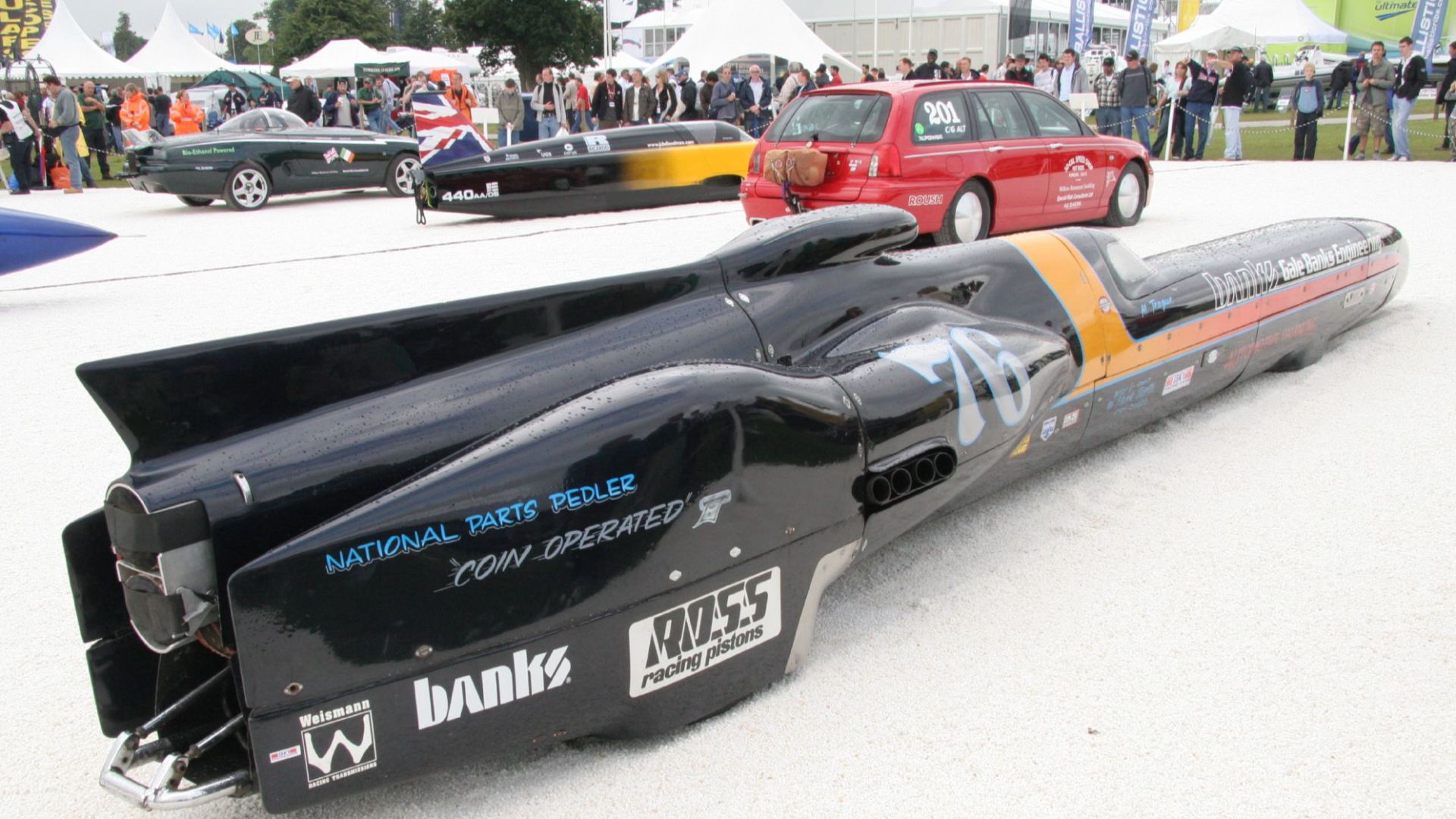 Brian Snelson from Hockley, Essex, England, Wikimedia Commons
Brian Snelson from Hockley, Essex, England, Wikimedia Commons
You May Also Like:
Four Of The Deadliest Roads In The World
Meet Pagani: The Italian Supercar Blowing Ferraris Out Of The Water


